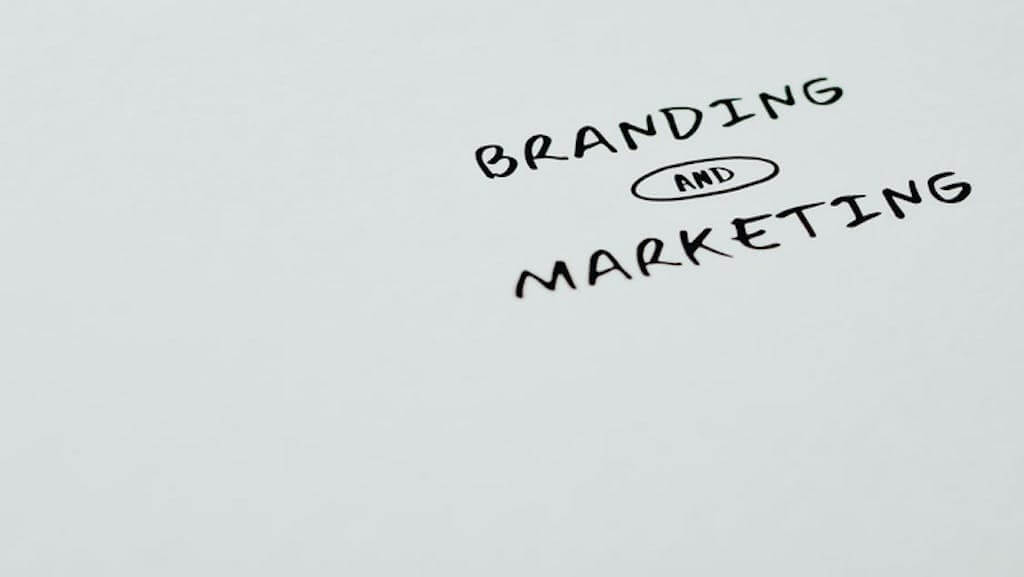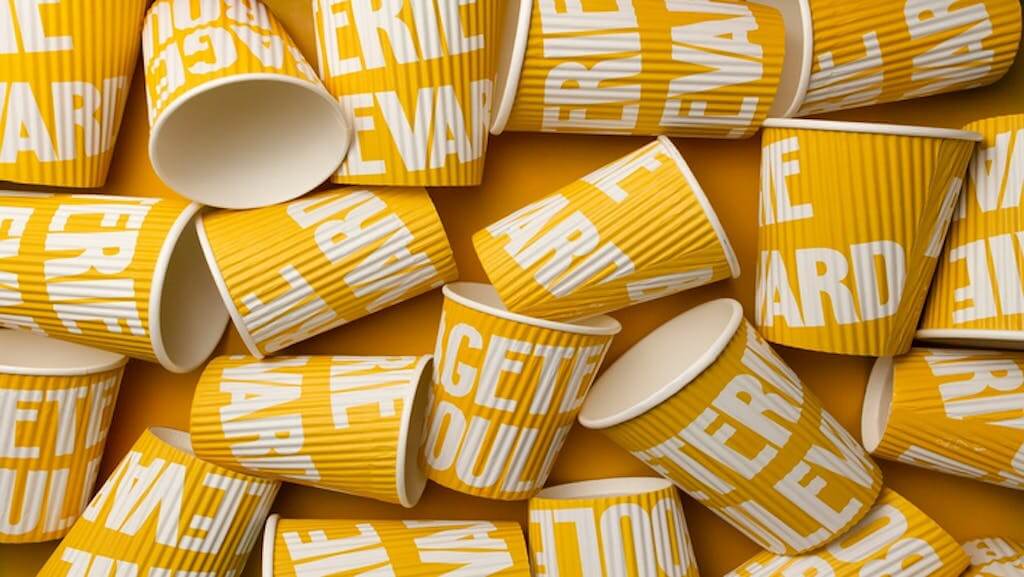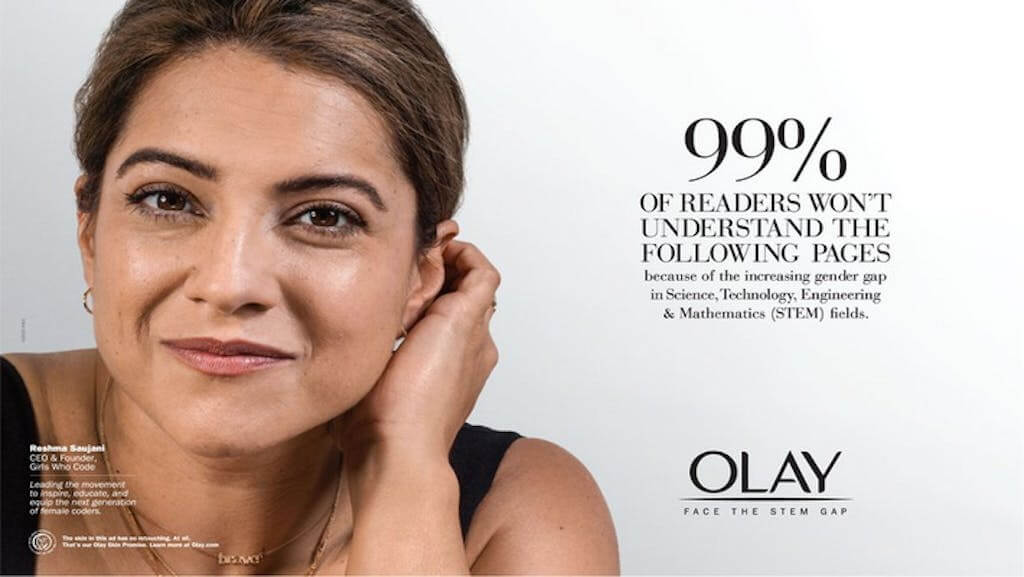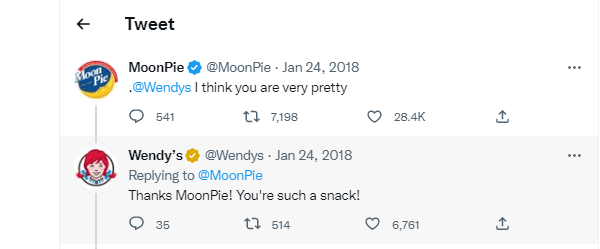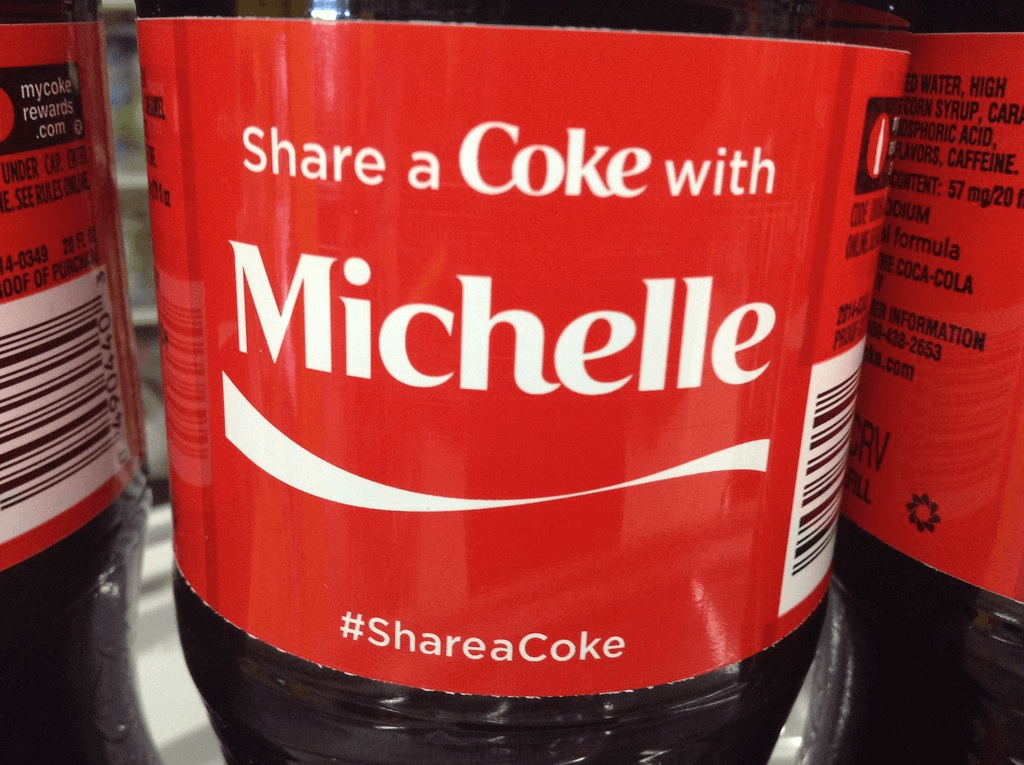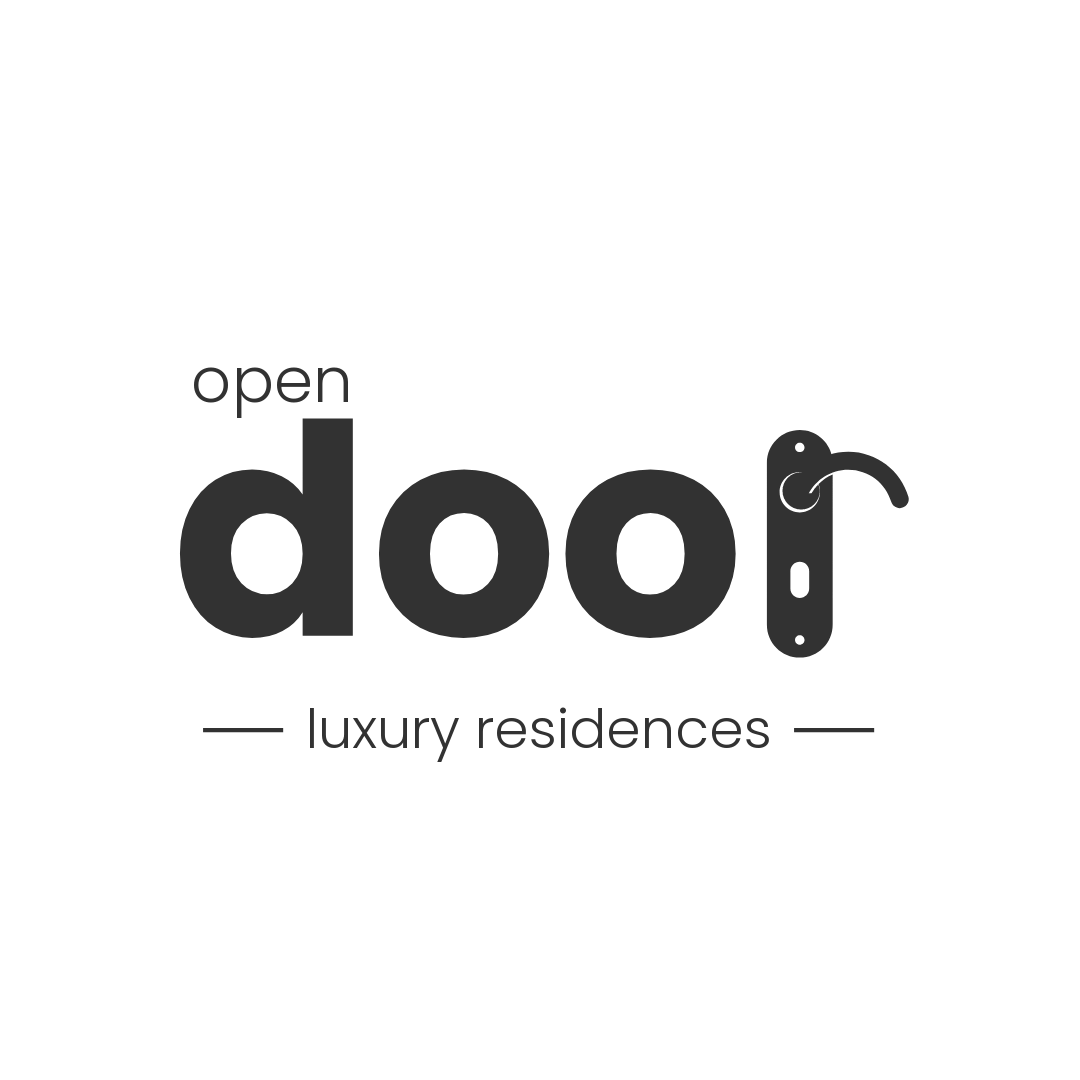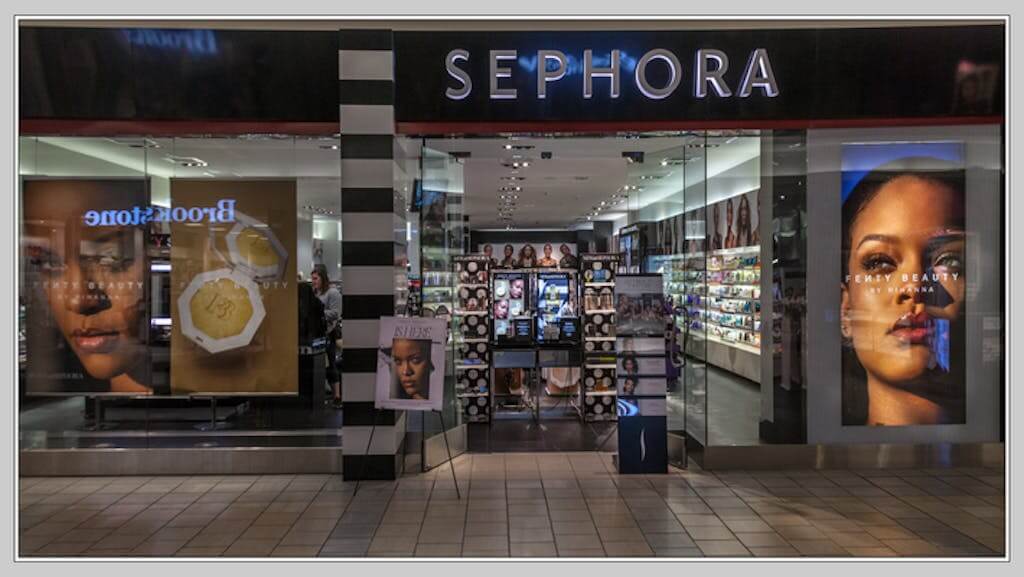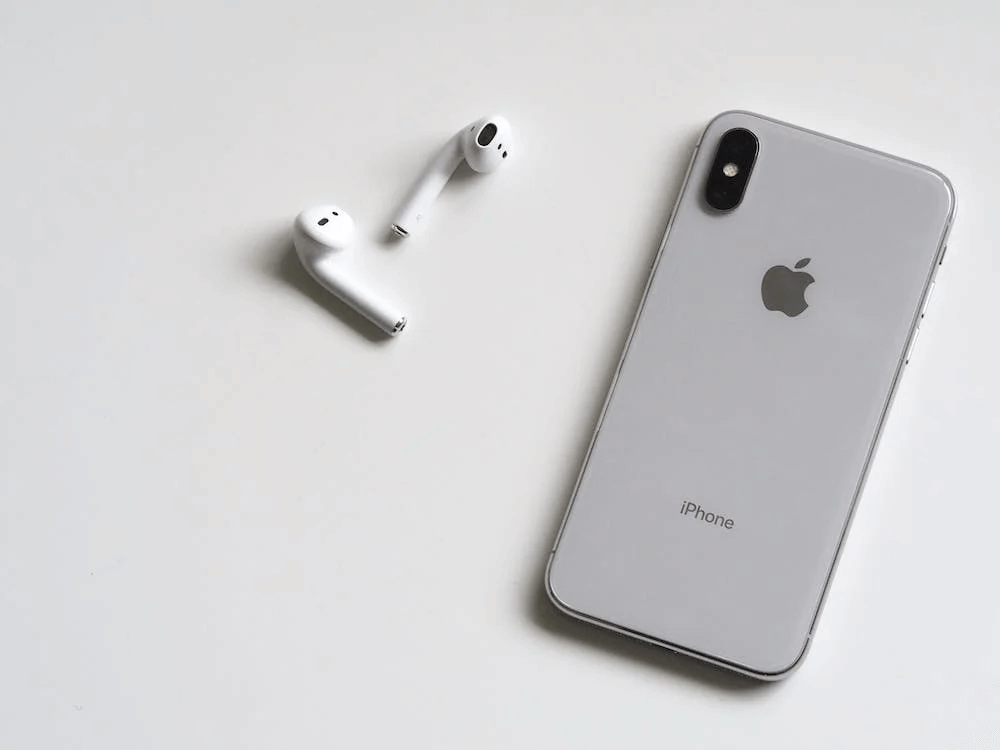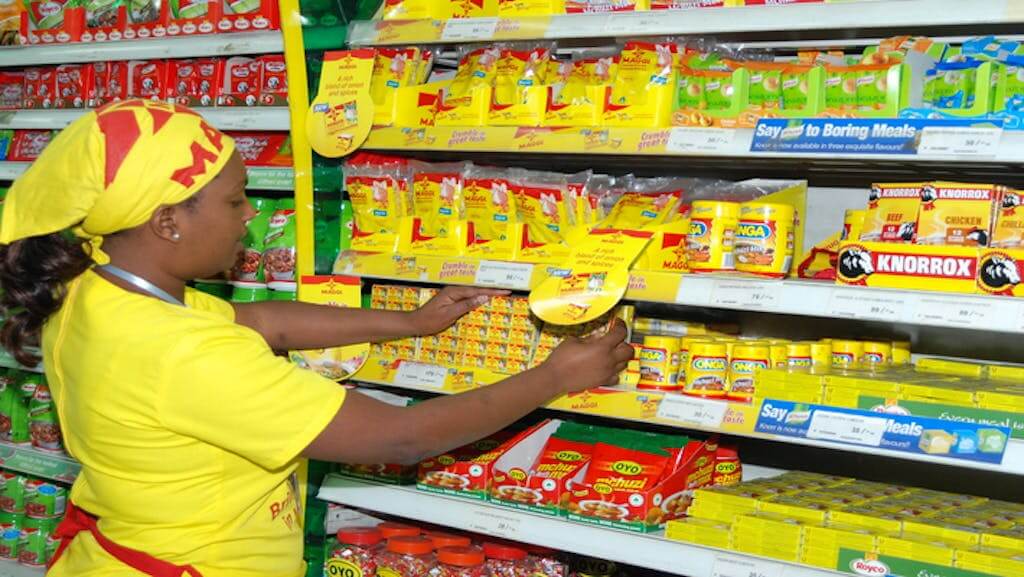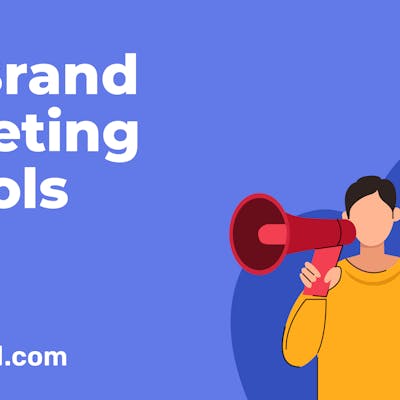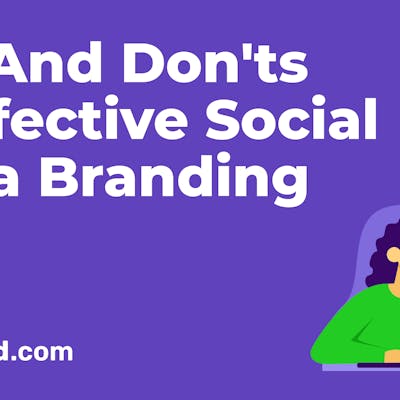With the ever-changing landscape of technology, the way we consume media is constantly evolving. What was considered cutting-edge a few years ago is now old news.
This is especially apparent in the world of branding and marketing. To stay ahead of the curve, businesses need to be constantly innovating and evolving their branding strategy.
So, what can we expect to see in the world of branding in 2025? Here are 10 creative branding trends that are sure to make a big impact in the coming year,
Shall we get started?
What is Creative Brand Marketing?
Before we dive into the trends, let’s understand what creative branding is. Simply put, creative branding is just positioning your brand in a “creative” manner.
Creative brand marketing involves understanding your brand along with your target group’s needs. Connecting these two points to convince your audience to invest in your brand is known as creative branding.
It helps businesses build strong brand identities by optimizing different forms of content (copy, video, audio) with different media (social, print, TV).
Related: 5 Reasons Building a Brand For Your Business Is Important
1. Sustainability
Climate change and global warming have become a rising cause for concern for all of us. More and more consumers are refusing to buy from brands that aren’t sensitive to climate change.
That’s why companies must shift to more climate-conscious practices if they wish to stay in the game. Eco-friendly packaging, and utilizing recycled or ethically-sourced materials are examples of such practices.
To promote or advertise such practices, it’s no longer a norm to use “environmental” colors or designs. Sustainable brands are moving away from the usage of greens and browns or images of trees and plants. Instead, they’re conveying their messages in quirky, more personalized ways.
With Simplified’s free brand kits and design assistant, you can easily personalize your sustainable practices according to your brand.
2. Minimalism
Gone are the times when logos or brand designs had to be colorful and use fancy fonts. Today, even major brands are rebranding themselves using elegant, more simplistic designs. Similarly, newer brands are adopting a minimalistic brand image from the get-go.
Having a minimalistic approach is possibly one of the most creative branding methods. It allows you to convey your message to your audience more clearly as a brand.
Minimalism includes only the most basic of design elements. A simple sans-serif typeface with a palette of fewer than three colors is the go-to for this type of branding.
Uber is one such example of a brand with a minimalist approach. This big brand virtually has no logo, and its name is written in a plain and simple font.

Want to create your very own minimalist brand design? With Simplified’s Free Minimalist Templates, you can make a custom one from scratch!

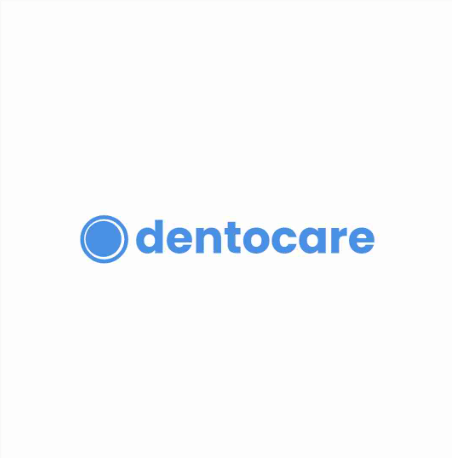
3. Socially Responsible
It’s 2025, and brands choosing to remain silent on important social issues are getting called out. Consumers no longer look for brands that only talk about what they stand for. They look for brands that take action for what they believe in.
Brands that speak and act for what they believe in can help make a change for the better. Such brands also appeal more to shoppers.
Ben & Jerry’s and Olay’s most recent campaigns are great examples of socially responsible brands.
Olay’s #FacetheSTEMGap campaign attempts to bridge the gender gap in the STEM field. Over the next ten years, the brand will strive to achieve gender equality in STEM study programs.
They aim to double the number of women in STEM careers. According to a press release, increasing diversity and inclusion by tripling the number of BIPOC women in STEM fields is also one of their goals.
Similarly, Ben & Jerry’s “guilt-free” ice creams give the term a whole new meaning. The brand actively supports multiple social causes including racial justice, voting rights, LGBTQ+ rights, climate justice, and more.
Related: 5 Lessons To Learn From Amazon Brand Strategy
4. Nostalgia Marketing
It’s the concept of using trends from previous years and tapping into the consumer’s memories to create a sense of nostalgia. It’s a way of associating your brand with something your target audience is already fond of.
Airbnb partnering up with the world’s last-ever Blockbuster is probably one of the best examples of nostalgia marketing.

Blockbuster was an American provider of home movie and video game rental services. Nearly everyone who grew up in the Blockbuster era was devastated by the news when its operations were shut down. Airbnb took its opportunity to provide them with an unforgettable 90s sleepover experience and gained free publicity in the process.
5. Topical Marketing
Another creative branding trend, moment marketing, (or topical marketing) is done in the heat of the moment. With the rise of social media, nearly every popular brand can be seen attempting it.
Taking up current-affair topics and creating posts or ads out of them is the essence of moment marketing. However, it’s important for a brand engaging in topical marketing to set some guidelines regarding the tone of its brand. You need to make sure the posts are still relevant to your brand identity.
For example, the Indian dairy brand Amul and contraceptive brand Durex are masters of moment marketing.
Looking for ways to create your very own topical posts? Let Simplified’s Free AI Art Generator help you out with that!
6. Humanizing brands
Most prevalent on Twitter, consumers love it when brands directly communicate with them.
Giving a brand a more “humanistic” approach can mean conversing with its consumers and directly engaging with them.
This makes them feel like the brand is someone they can trust. If consumers trust a brand, they’ll no doubt want to purchase from them.
Brands engaging in banter amongst themselves also help consumers relate to them even more.
With Simplified’s AI copywriting generator, you can switch up your tone in several ways and easily connect with your audience with just a click of a button.
7. Personalization
Personalization is another good creative branding trend of 2025 that you could try. Gone are the days of the one size fits all type of marketing.
Nowadays, businesses are striving to stand out and appeal to their target audience in the best ways possible. One of those ways is by personalizing your marketing messages and branding. This could include using customer data to create personalized ads, tailoring your website design to specific user demographics, or offering personalized products and services.
For instance, in 2014, Coke started the personalized “share a coke” campaign, which involved adding popular names (such as Sara or Jeff) to its bottles and cans. Research shows that the company’s soft drink sales in the US increased during that year.
8. Throwing in Some Humor and Satire
There’s nothing like a good laugh to lighten the mood and make someone forget their troubles – even if just for a moment. And increasingly, brands are using humor and satire as a way to connect with their audiences and stand out from the competition.
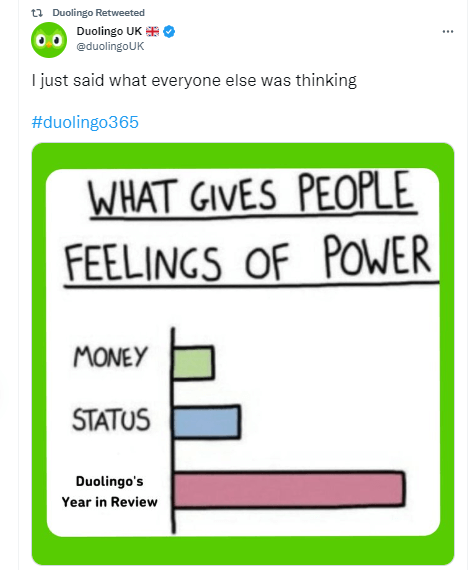
Look at Duolingo for instance. One of the most popular aspects of Duolingo’s branding is its use of “memes” – humorous images and videos that are often shared on social media. This approach has helped the company to reach a wider audience and to connect with users on a more personal level.
9. Using Icons and Illustrations in Logos
Using icons and illustrations in place of letters in a logo is a great way to make your brand more memorable. Icons are often more eye-catching than words, and they can help convey your brand’s message more clearly. And since people are generally more visually minded, using icons and illustrations can be a great way to appeal to potential customers.
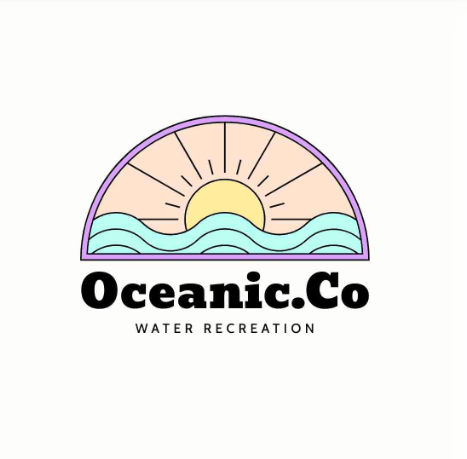

What are the Different Types of Branding Strategies?
Branding isn’t limited to just one type. Businesses can choose from multiple different ways to position their brands. Here are a few different types of branding:
a. Product Branding
Product branding isn’t just limited to a physical object. It’s anything the company has to offer their clientele. It can be a service or even a movie or TV show.
Product branding is all about creating a unique identity for your product. It’s how you make your product stand out from the competition and create an emotional connection with your customers. After all, customers are more likely to buy products that they feel an emotional connection to.
For example, Hannah Montana was a TV show loved by children and teenagers worldwide. It had its own name, personality, and identity. Because of its brand image, the show’s followers enjoyed purchasing things that had the show’s name or characters on them.
b. Personal Branding
This sort of branding strategy is common among individuals with a niche following. These can include politicians, celebrities, and sportspersons.
Personal branding creates new business opportunities and benefits their associated brands.
For example, Rihanna is a musician with a huge fanbase. When she launched her beauty brand Fenty Beauty, it garnered a lot of success and has made her one of the world’s most influential women. People initially bought its products, without inhibition, out of trust for her personal brand.
c. Corporate Branding
Corporate branding is when an entire organization turns into a brand. All products or services come under one brand, making it easier for the organization to introduce new products.
Apple’s branding strategy is an excellent example of corporate branding. Even with its vast portfolio, including the iPhone and Mac, it’s because of the Apple name we buy these products.
d. Umbrella Branding
Umbrella branding is when a company uses one name for all its products. This can be helpful for companies that make a lot of different products, as it can make it easier for customers to remember the company name and associate it with all the products.
Nestle’s Maggi is an example of umbrella branding. They have a multitude of products ranging from chocolates to drink mixes. Similarly, products like instant noodles, condiments, spices, and more, are marketed under the Maggi name.
Now that you know some of the best creative branding trends of 2025, how can you leverage them to stay ahead of the competition? With Simplified, that’s how.
One App For Modern Marketers: Simplified
Simplified is an all-in-one platform for marketers to effortlessly design graphics, write, edit videos, track social media analytics, generate AI images, and publish content all from the same platform.
